
Akita cherry bark work Works
WORKS



Tea supplies, Full-bark tea cadd...
$119.00(tax included)

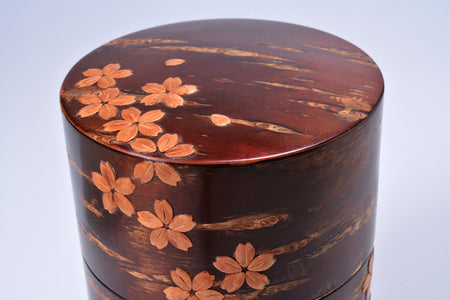
Tea supplies, Full-bark tea cadd...
$130.00(tax included)
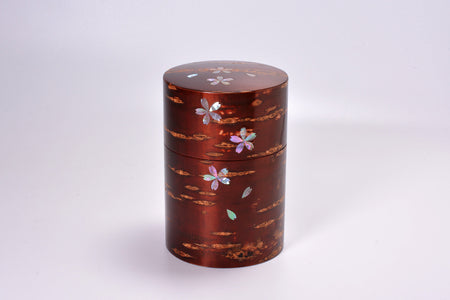

Tea supplies, Full-bark tea cadd...
$151.00(tax included)


Table accessories, Roman tray, S...
$92.00(tax included)


Table accessories, Roman tray, M...
$103.00(tax included)


Table accessories, Tea tray, Sma...
$76.00(tax included)


Table accessories, Tea tray, Lar...
$92.00(tax included)


Tea supplies, Full-bark tea cadd...
$130.00(tax included)


Tea supplies, Full-bark tea cadd...
$189.00(tax included)

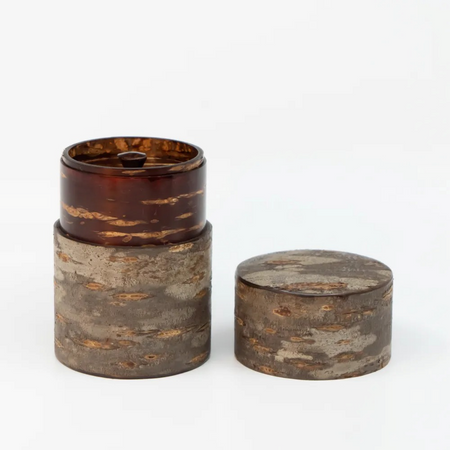
Tea supplies, Full-bark tea cadd...
$141.00(tax included)


Tea supplies, Full-bark tea cadd...
$135.00(tax included)


Tea supplies, Full-bark tea cadd...
$108.00(tax included)


Tea supplies, Full-bark tea cadd...
$141.00(tax included)


Tea supplies, Full-bark tea cadd...
$135.00(tax included)


Tea supplies, Full-bark tea cadd...
$130.00(tax included)
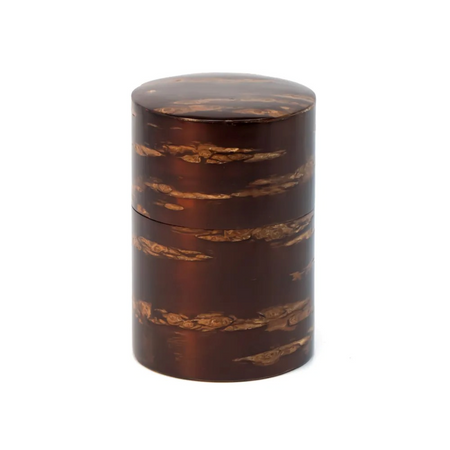

Tea supplies, Full-bark tea cadd...
$108.00(tax included)

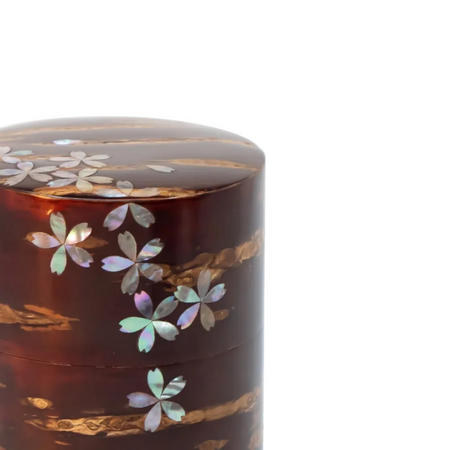
Tea supplies, Full-bark tea cadd...
$162.00(tax included)


Tea supplies, Full-bark tea cadd...
$151.00(tax included)

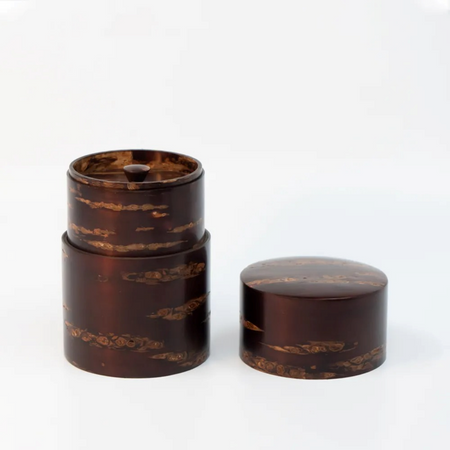
Tea supplies, Full-bark tea cadd...
$113.00(tax included)

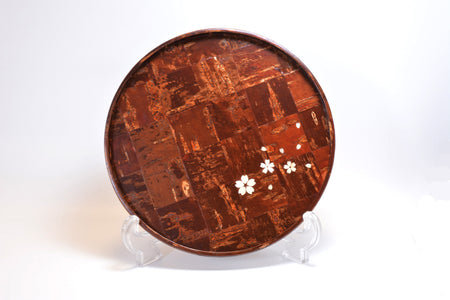
Table accessories, Round tea tra...
$97.00(tax included)





